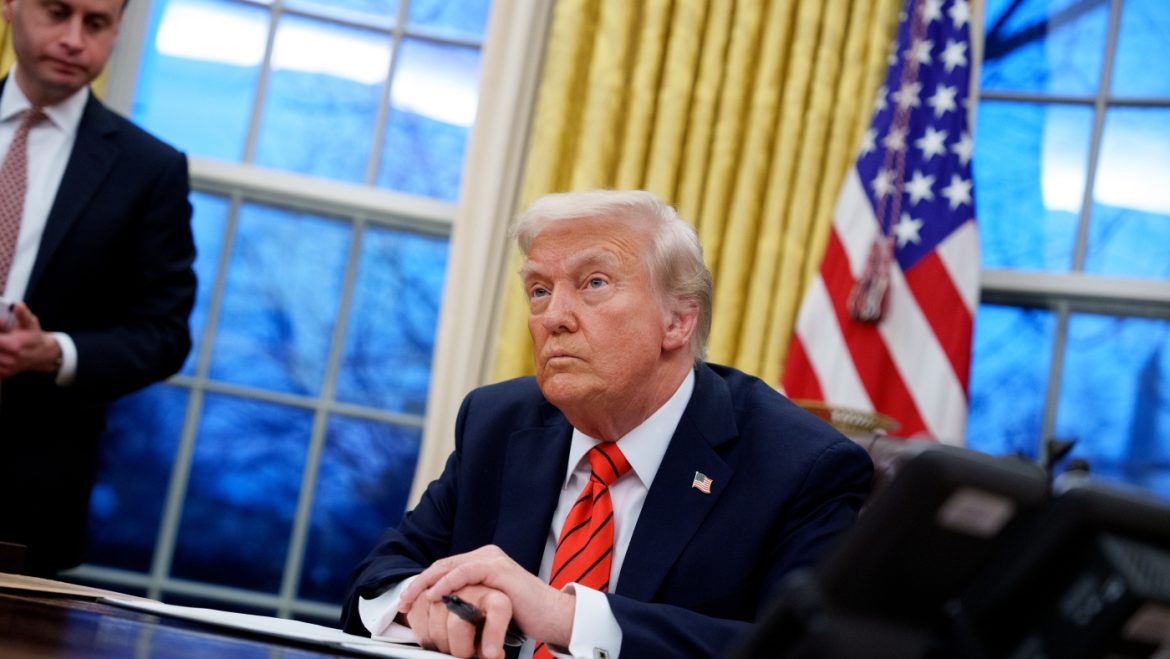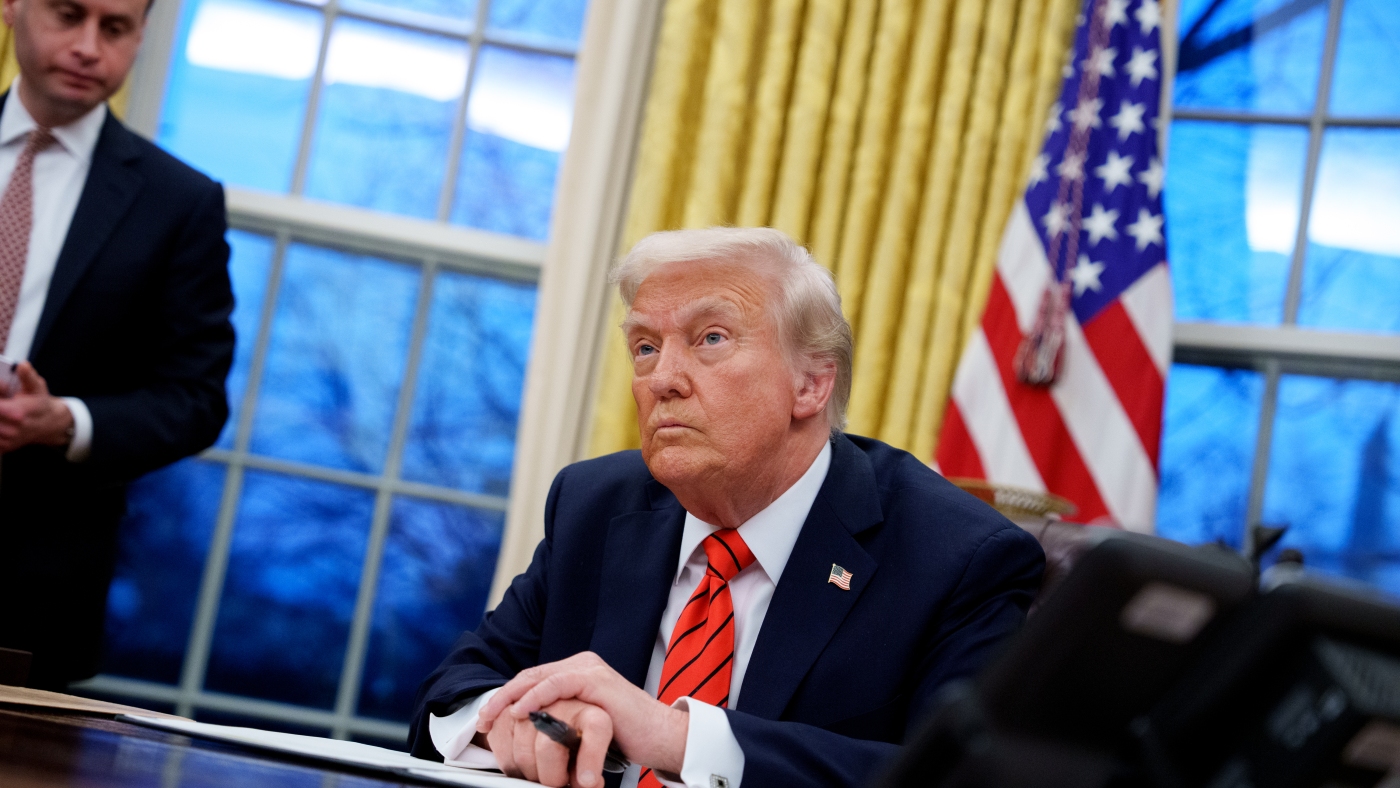The Surge in Steel Tariffs: Trump’s Bold Economic Move and Its Ripple Effects
In a striking policy escalation, former President Donald Trump announced a doubling of tariffs on imported steel from 25% to 50%, a decision reverberating through the steel industry, U.S. manufacturing, trade relations, and political discourse. Delivered during a rally at a U.S. Steel plant near Pittsburgh, this announcement reflects Trump’s ongoing approach to protectionism intended to bolster domestic industries but also stirs debate over its broader economic and geopolitical consequences.
Context and Announcement
Trump’s initial imposition of a 25% tariff on steel imports, established during his first term under Section 232 of the 1962 Trade Expansion Act, was aimed at safeguarding national security by supporting American steel producers. The new decision to double this tariff intensifies that policy. The announcement was made in West Mifflin, Pennsylvania, a symbolic heart of the American steel industry, highlighting the administration’s intent to protect blue-collar jobs and invigorate domestic manufacturing.
At the same event, Trump also alluded to doubling aluminum tariffs to 50%, signaling an expansive strategy to guard other critical raw materials. The timing coincided with the early hours of June 4, when the increased tariffs took effect, signaling urgency and decisive action.
Economic Implications: Protectionism vs. Cost Inflation
The rationale underpinning these tariffs is straightforward—boost the competitive edge of U.S. steelmakers by making foreign imports more expensive, thus encouraging domestic purchasing and production. In theory, this could lead to the preservation or creation of American steel industry jobs, higher output, and strengthened supply chains for key sectors like construction, automotive manufacturing, and defense.
However, the move threatens to elevate production costs across various industries reliant on steel and aluminum as key inputs. Materials costs directly influence prices for finished goods such as cars, housing, appliances, and infrastructure projects. These price increases could cascade to consumers, potentially dampening demand and affecting economic growth.
Furthermore, manufacturers dependent on imported steel may find themselves squeezed between higher input costs and competitive pressures, some potentially seeking exemptions or lobbying for tariff relief. Small and medium-sized businesses could be disproportionately impacted due to lesser ability to absorb cost surges.
Trade Relations and Global Impact
Doubling steel tariffs heightens tensions with international trade partners. Countries exporting significant steel volumes to the U.S. may face reduced market access, potentially prompting retaliatory tariffs or trade barriers that escalate a broader trade war. This dynamic complicates ongoing negotiations for trade agreements and global economic cooperation.
Already, the increased tariffs have galvanized criticism and legal challenges. Notably, the administration’s moves against public broadcasters like PBS and NPR, connected in some reports to offset budgetary considerations linked to tariff impacts, add a layer of political controversy.
Political and Social Dimensions
Trump’s announcement played well with segments of his political base, particularly unionized steelworkers and communities deeply tied to manufacturing. The rally setting underscored themes of American resilience, economic nationalism, and government action standing up against foreign competitors perceived as unfair or threatening.
However, critics argue the measure risks igniting inflationary pressures and trade retaliation that could harm the broader economy. Public broadcasting cuts ignited further backlash, perceived as politically motivated moves to silence dissenting voices or curb critical reporting.
Conclusion: A Double-Edged Sword
Doubling steel tariffs to 50% epitomizes the Trump administration’s aggressive protectionist trade stance intended to resurrect American industrial dominance and secure domestic jobs. While it may temporarily strengthen steel producers and send a defiant message to foreign trade partners, the resultant cost increases for manufacturers and consumers, alongside escalating trade frictions, present significant economic hazards. The interplay of industrial policy, international diplomacy, and domestic politics makes this policy maneuver a pivotal and contentious chapter in contemporary U.S. economic strategy. How this decision plays out will depend on its economic repercussions, trade partners’ responses, and the evolving political landscape surrounding trade and industry.


